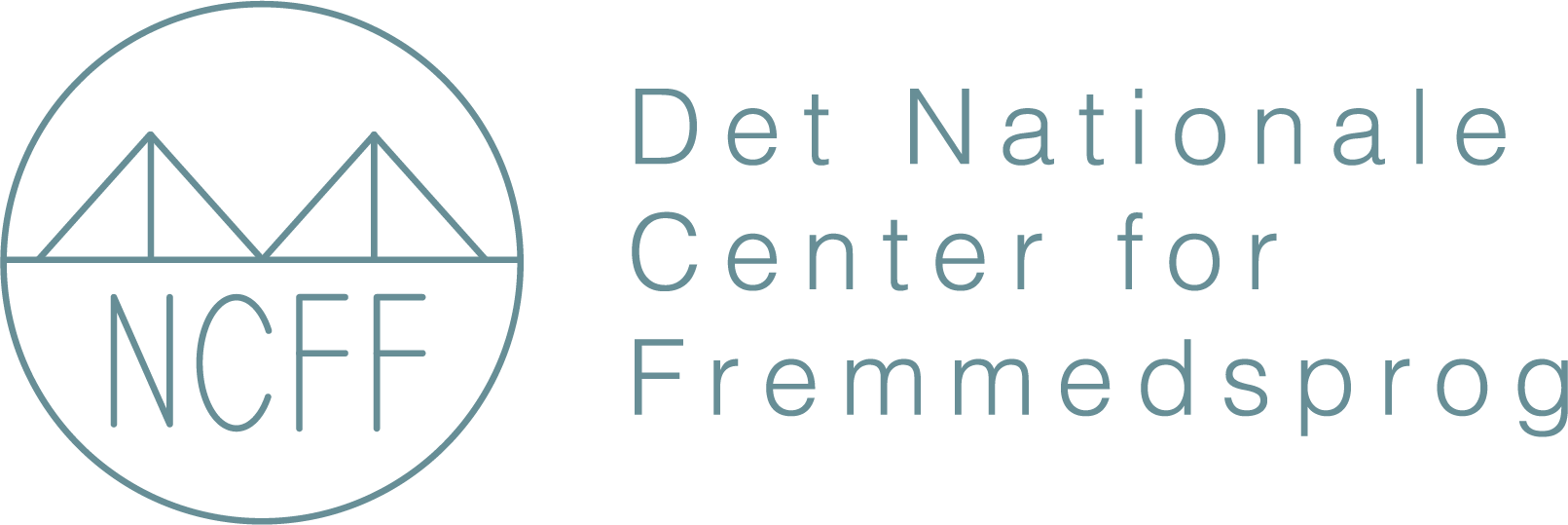How is language training embedded in educational institutions?
It is important to consider how language learning initiatives can be embedded in the organisation as this can be crucial for securing continuity to enable future language training initiatives. The table below shows different types of organisational embeddedness based on the work done in the MUST project. The individual organisation types are explained further in the table below.
Models for organising language as an additional competence
| Language training is... | MUST example | |
| Programme-integrated: compulsory course | ... a compulsory part of a programme and its competence profile and therefore credit bearing | English courses at DTU |
| Programme-integrated: elective course | ... a part of a programme’s elective options giving students the opportunity to add language to their competence profile |
French at LAW (Case 1) |
| Subject-integrated | ... integrated into existing classroom activities in a particular subject | English for biology, KP (Case 4) |
| Subject-linked | ... (a) linked to a subject and offered in parallel or (b) as part of a preparatory course |
a) Spanish for medical students, UCPH (Case 2) |
| Freestanding | ... freestanding within the programme structure | Study start module for students across DKDM (Case 6) English for exchange students at KP (Case 5) |
As shown in the table, language training can be programme-integrated in the sense that it is a mandatory part of the programme and its competence profile. In this case, the programme has credit bearing course elements that include language. An example of this can be found at DTU, where language courses are compulsory and credit bearing.
Language as an additional competence can also be programme-integrated in the sense that it is basically conceived as part of a programme's range of electives and thus gives students on the programme (and possibly students on other programmes) the opportunity to add language to their competence profile. The elective model is more loosely embedded in the educational structure than the model described above because the range of electives varies and each elective competes with a wide range of other specialisation options.
In the subject-integrated model, a language module is integrated into the teaching on one or more of the programme's existing courses. In this model, continuation is dependent on the initiatives being embedded in the practice of the participating teachers, while dissemination depends on whether the approach has value beyond the specific context.
In the subject-linked model, language learning is linked to an existing subject either as a course that runs parallel to a specific subject or as a preparatory course.
In the last embedded model, language learning is freestanding in the educational structure and offered to students across different programmes. In the freestanding model, the integration of language and subjects will be weaker than in the other models, as the initiatives are aimed at students across different programmes/fields of study, but the language teaching still supports studies for a specific local purpose, and therefore the content will be adapted accordingly.
Funded by
Models for teaching language as an additional competence was funded by The National Centre for Foreign Languages.
The project was co-funded by the Centre for Internationalisation and Parallel Language Use.
Period: January 2020 until December 2023

